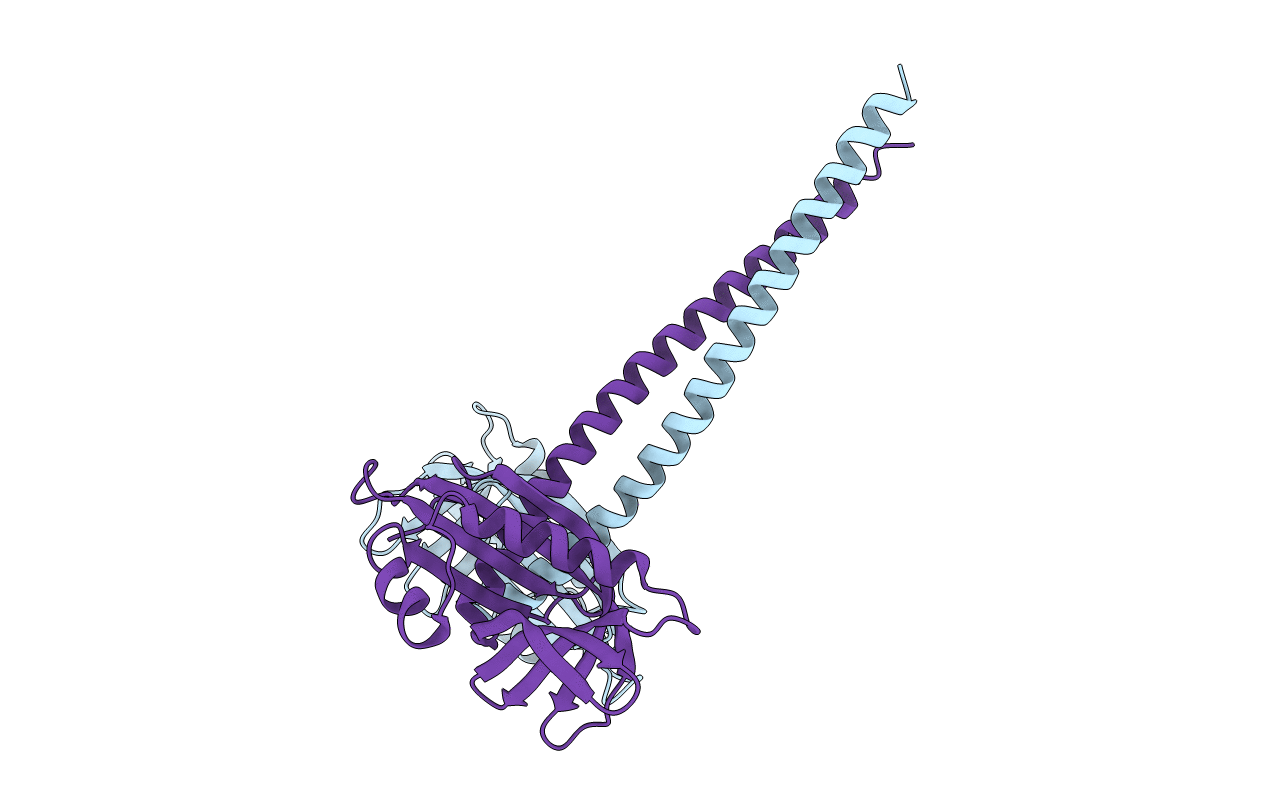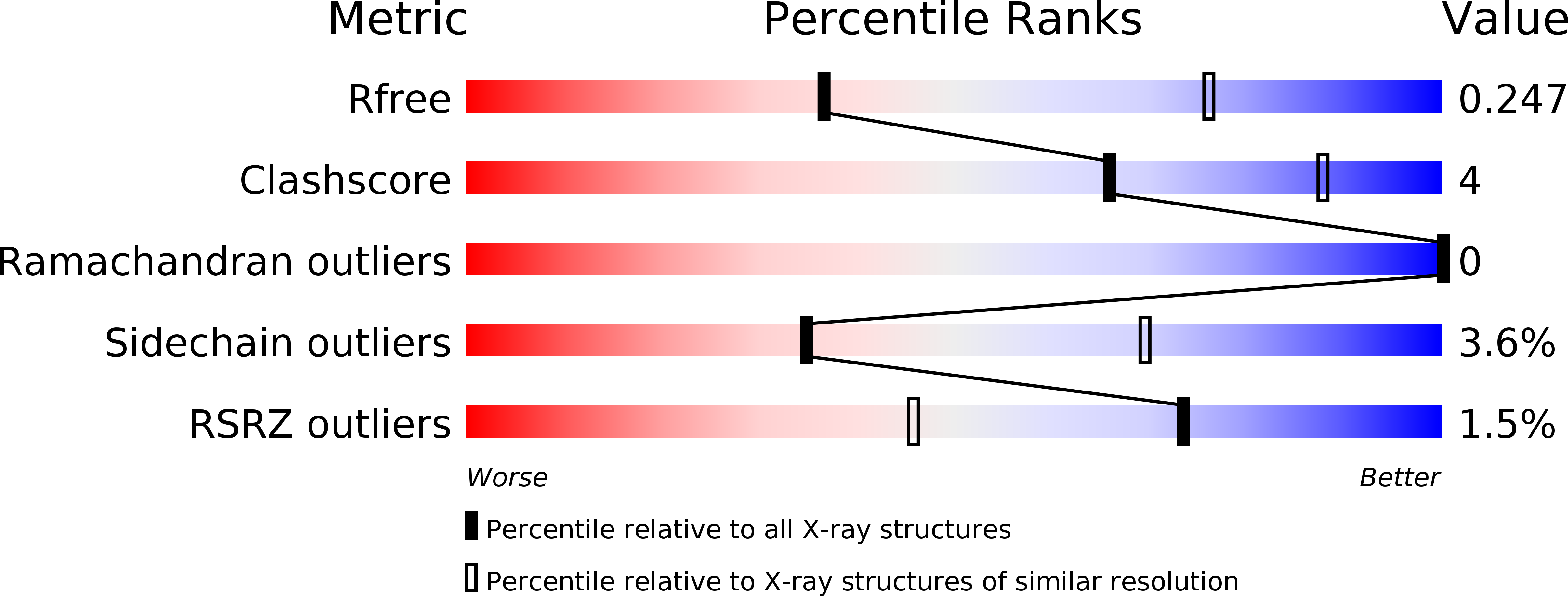
Deposition Date
2010-12-16
Release Date
2011-02-09
Last Version Date
2024-10-09
Entry Detail
PDB ID:
3Q0X
Keywords:
Title:
N-terminal coiled-coil dimer domain of C. reinhardtii SAS-6 homolog Bld12p
Biological Source:
Source Organism:
Chlamydomonas reinhardtii (Taxon ID: 3055)
Host Organism:
Method Details:
Experimental Method:
Resolution:
3.02 Å
R-Value Free:
0.22
R-Value Work:
0.19
R-Value Observed:
0.19
Space Group:
P 21 21 21


